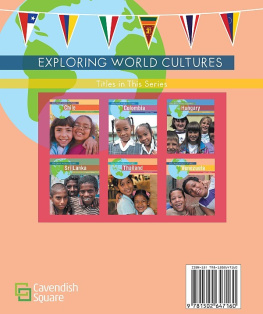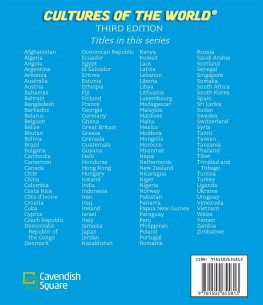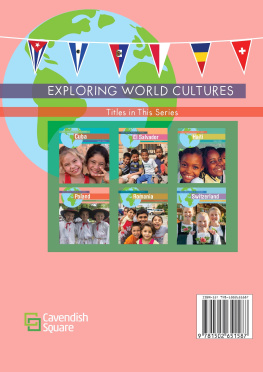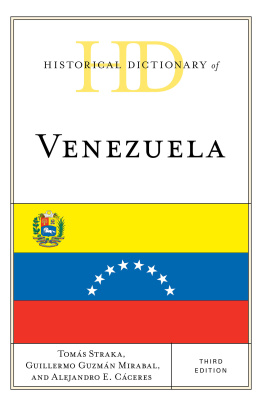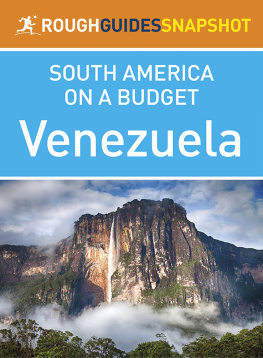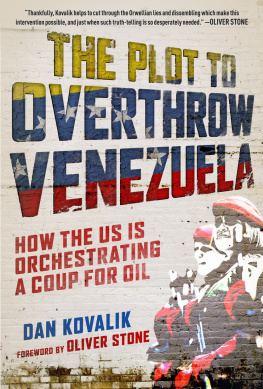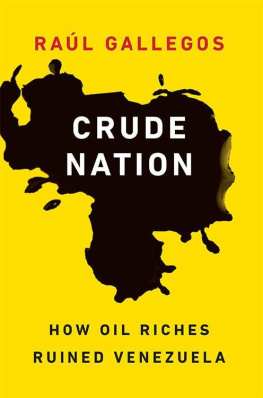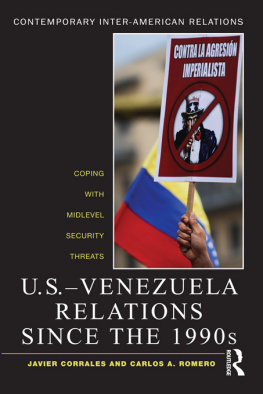
Published in 2020 by Cavendish Square Publishing, LLC
243 5th Avenue, Suite 136, New York, NY 10016
Copyright 2020 by Cavendish Square Publishing, LLC
First Edition
No part of this publication may be reproduced, stored in a retrieval system, or transmitted in any form or by any means electronic, mechanical, photocopying, recording, or otherwisewithout the prior permission of the copyright owner. Request for permission should be addressed to Permissions, Cavendish Square Publishing, 243 5th Avenue, Suite 136, New York, NY 10016. Tel (877) 980-4450; fax (877) 980-4454.
Website: cavendishsq.com
This publication represents the opinions and views of the author based on his or her personal experience, knowledge, and research. The information in this book serves as a general guide only. The author and publisher have used their best efforts in preparing this book and disclaim liability rising directly or indirectly from the use and application of this book.
All websites were available and accurate when this book was sent to press.
Library of Congress Cataloging-in-Publication Data
Names: Sullivan, Laura L., 1974- author.
Title: Venezuela / Laura L. Sullivan.
Description: First edition. | New York: Cavendish Square, 2020. | Series:
Exploring world cultures | Includes bibliographical references and index. | Audience: Grades 2-5.
Identifiers: LCCN 2018060761 (print) | LCCN 2019001077 (ebook) | ISBN
9781502647177 (ebook) | ISBN 9781502647160 (library bound) | ISBN 9781502647146 (pbk.) |
SBN 9781502647153 (6 pack)
Subjects: LCSH: Venezuela--Juvenile literature.
Classification: LCC F2308.5 (ebook) | LCC F2308.5 .S85 2020 (print) | DDC 987--dc23
LC record available at https://lccn.loc.gov/2018060761
Editorial Director: David McNamara
Editor: Lauren Miller
Copy Editor: Nathan Heidelberger
Associate Art Director: Alan Sliwinski
Designer: Christina Shults
Production Coordinator: Karol Szymczuk
Photo Research: J8 Media
The photographs in this book are used by permission and through the courtesy of:
Cover Jimmy Villalta/VWPics/Alamy Stock Photo; The Photographer/Wikimedia Commons/File: Pabelln Criollo Venezolano.jpg/CC BY-SA 4.0.
Printed in the United States of America
Contents

Venezuela is a fascinating country in South America. It is home to the Andes Mountains, parts of the Amazon rain forest, wide grasslands, and a beautiful coastal region. There are also large and modern cities.
The people of Venezuela are strong. The country has had many political and social problems. Elections are not free or fair. Sometimes there is not enough food to eat. As of 2019, the Venezuelan government is considered a .
Despite all of this, Venezuelans go to work. The oil industry provides jobs for many people. Venezuelans spend time with their families, and children go to school. They also enjoy sports, music, and festivals during the year. Many tourists also come to Venezuela to see its beaches and historic cities, and to eat delicious foods.
Venezuela is an exciting country to explore!

The Andes Mountains are a beautiful part of Venezuelas landscape.

Venezuela is located along the northern coast of South America. The Atlantic Ocean and the Caribbean Sea lie to the north. Colombia borders Venezuela to the west. Brazil lies to the south, and Guyana lies to the east. The country covers 353,841 square miles (916,445 square kilometers).

The capital city of Caracas is found in the mountains.
Caracas is the biggest city and also the capital. About three million people live there.

The Rio Negro flows through three countries: Colombia, Venezuela, and Brazil.
Warm and Wet
Venezuela has a tropical climate. Temperatures can average up to 95 degrees Fahrenheit (35 degrees Celsius) in some places. High in the mountains, though, it is much cooler.
The Andes Mountains run through Venezuela. The highest peak is Pico Bolivar. It is 16,332 feet (4,978 meters) tall. There are many rivers, including the Rio Negro and the Orinoco. Venezuela is home to the worlds tallest waterfall, Angel Falls. It is 3,212 feet (979 meters) tall.

Angel Falls is the worlds tallest waterfall!

lived in Venezuela for a long time. Then Christopher Columbus arrived in 1498. The Spanish then took over the land. Many Natives died because of diseases brought from Europe.
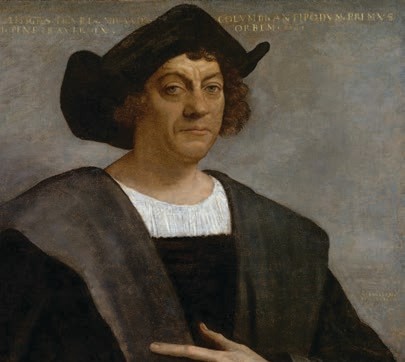
A portrait of Christopher Columbus
Venezuela declared its independence from Spain on July 5, 1811. The country finally became self-ruling in 1821. Several other South American countries became independent at that time. Together, they were known as Gran Colombia. During the 1800s, there was a lot of fighting and war.

Simn Bolvar was a Venezuelan leader. He helped free many South American countries from Spanish control.
The Colors of Venezuela
In the Venezuelan flag, yellow symbolizes wealth. Blue stands for the ocean between them and Spain. Red is for the blood shed while fighting for independence.

The Venezuelan flags colors are important.
The discovery of oil in the early 1900s helped Venezuela grow. However, since the 1980s, Venezuela has had many troubles. There was often in the government. Venezuela became a dictatorship. Many Venezuelans are poor.

Venezuelas government has three parts. The executive part includes the president. The president is elected by a vote to serve a six-year term. The president also chooses a vice president and members.
The legislative part is called the Asamblea Nacional, or National Assembly. It makes the laws. The judicial part includes the Supreme Tribunal of Justice. This court decides if laws are fair.
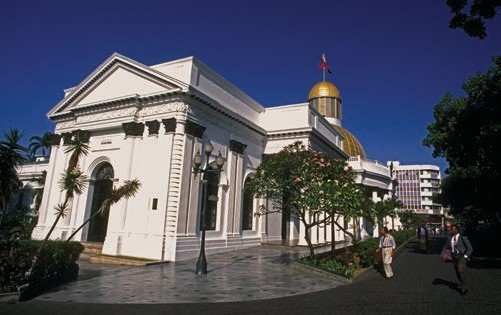
The assembly meets in the Federal Legislative Palace.


